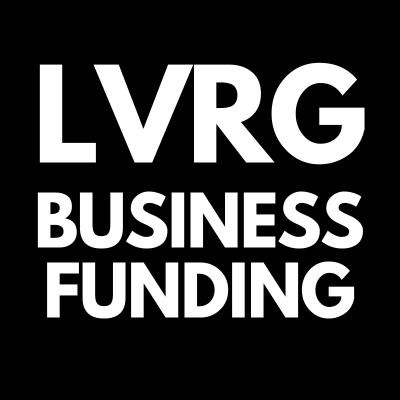How to Gobble Up Some Business Before Thanksgiving
As Thanksgiving approaches, businesses have a great opportunity to boost sales and attract new customers. Implementing effective strategies to gobble up some business before the holiday can set a positive tone for the rest of the year. Here are five key steps to capitalize on the Thanksgiving season and maximize your business's potential:
1. Offer Thanksgiving-themed promotions
Everyone appreciates a good deal, especially during the holiday season. Create special Thanksgiving-themed promotions to entice customers. Consider offering discounts, limited-time offers, or bundled packages related to Thanksgiving festivities. Capitalize on holiday spirit by incorporating themes like "Thanksgiving feast" or "Black Friday warm-up" to appeal to customers seeking value and excitement ahead of the holiday season.
2. Run a targeted marketing campaign
Take advantage of targeted marketing campaigns to reach potential customers who are already in the holiday spirit. Leverage social media platforms, email marketing, and search engine advertising to spread the word about your Thanksgiving promotions. Craft compelling content that resonates with your target audience and highlights the unique benefits they can gain from choosing your products or services.
3. Collaborate with complementary businesses
Joining forces with complementary businesses in your industry creates win-win scenarios. Seek out partnerships with local businesses that offer complementary products or services. For example, a bakery could collaborate with a catering company or a furniture store with an interior designer. Together, you can cross-promote each other's businesses, pooling resources and reaching new customer bases. Joint promotional events, special discounts, or referral programs can help generate buzz and increase sales for all involved parties.
4. Show gratitude through customer appreciation events
Thanksgiving is the perfect time to show your gratitude towards existing and potential customers. Organize customer appreciation events where you can express your thanks personally. Consider hosting a Thanksgiving-themed gathering, offering exclusive VIP discounts, or sending personalized thank-you notes. By demonstrating your appreciation, you will strengthen customer loyalty and encourage repeat business.
5. Optimize your online presence
Ensure your online presence is optimized to attract customers searching for Thanksgiving-related products or services. Optimize your website and social media profiles with relevant keywords, captivating visuals, and engaging content. Create blog posts, videos, or social media campaigns that revolve around Thanksgiving themes or helpful holiday tips. By appearing prominently in search results and social media feeds, you will increase your chances of capturing the attention of potential customers during their holiday preparations.
Remember, timing and creativity are critical when trying to gobble up some business before Thanksgiving. By implementing these strategies, you can establish a strong presence during the holiday season, differentiate yourself from competitors, and attract new customers. Get your business in the Thanksgiving spirit and pave the way for a prosperous end of the year.
Written by Charles M. Barr, CEO of LVRG Funding





